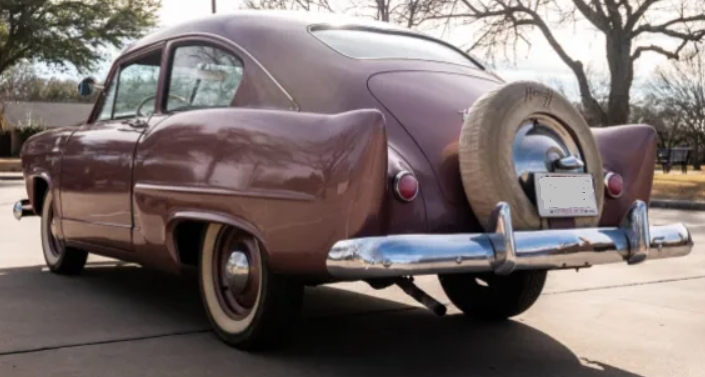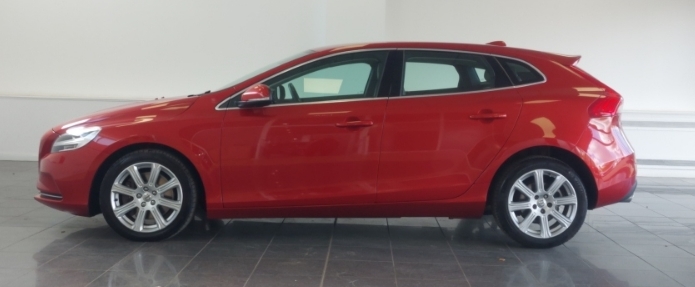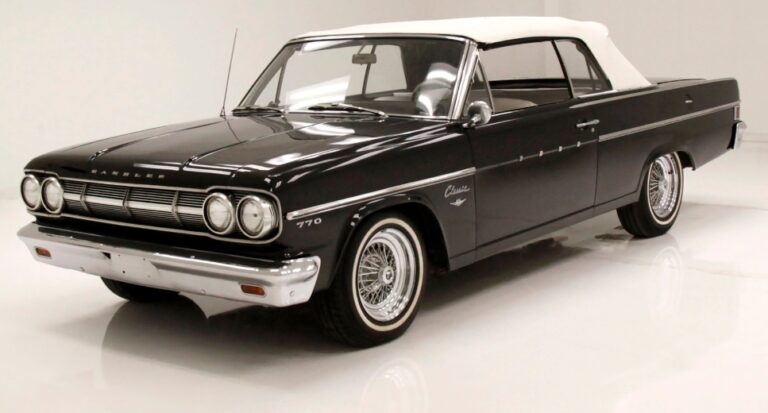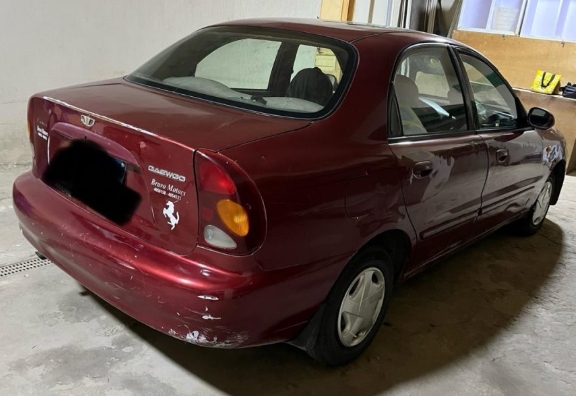The Evolution of the Henry J: A Nostalgic Journey Through American Automotive History
The Henry J stands as a notable chapter in the story of American automobiles, primarily produced by Kaiser-Frazer Corporation during the early post-World War II era. Launched as an affordable compact car, the Henry J was a distinct blend of innovative design, practicality, and economy. The vehicle was sold from 1950 until 1954, during a period that witnessed significant changes in the automotive industry, with manufacturers experimenting with new designs and marketing strategies. This article explores the evolution of the Henry J, detailing its production years, models, and trim levels offered throughout its production run.
The Birth of the Henry J: 1950
The Henry J was introduced in 1950 as the flagship compact car from Kaiser-Frazer Corporation, which was founded by industrialist Henry J. Kaiser and car designer Joseph W. Frazer. The intention behind the creation of the Henry J was to provide an affordable yet durable vehicle for the masses, catering particularly to returning veterans and their families in the wake of World War II.
Manufactured in Toledo, Ohio, the compact car made an immediate impact due to its minimalist aesthetic and practical function. Its unassuming design featured a sturdy, boxy silhouette with a long hood and short rear deck, allowing for a good amount of interior space while maintaining compact dimensions. The car was available in various configurations, including a two-door sedan, four-door sedan, and a more stylish four-door station wagon.
1951: Expanding Options
In 1951, Kaiser-Frazer expanded the Henry J lineup to cater to a wider array of customers. Production continued at a steady pace, and the brand aimed to establish a foothold in the compact car market, which was becoming increasingly popular.
The Henry J was offered in just one model with multiple trim levels in 1951. The base model was the Henry J Standard, which featured a simple design and basic features targeted at budget-conscious consumers. The higher trim, known as the Henry J Deluxe, added more comfort options and upgraded aesthetics, such as chrome accents that appealed to a more style-oriented audience.
1952: A Facelift and New Features
For model year 1952, the Henry J received a facelift, incorporating subtle design changes that modernized its appearance. The more pronounced grille and updated taillights helped to give the car a more contemporary vibe, reflecting the American aesthetic of the early 1950s.
The Henry J Standard and Henry J Deluxe trims continued, but additional features were introduced throughout the Henry J lineup.
- The introduction of more vibrant exterior color options, enhancing the car’s appeal.
- An updated interior configuration offered more comfort for passengers, including improved seating materials.
This continued evolution aimed to maintain competitiveness in an increasingly saturated market.
1953: Introducing the Special
The 1953 model year marked a significant year in the evolution of the Henry J. Kaiser-Frazer responded to market demands by introducing an entirely new trim level—the Henry J Special. Positioned between the Standard and Deluxe trims, the Henry J Special included enhanced features, such as upgraded upholstery and additional chrome accents, further elevating its stature among compact cars.
The addition of the Special trim demonstrated Kaiser-Frazer’s commitment to capturing consumer interest by providing more diverse options within the same model. The three-tier lineup—Standard, Deluxe, and Special—allowed customers to select a Henry J that suited both their budget and their desire for amenities.
1954: The Final Year and Legacy
As the automotive market evolved, Kaiser-Frazer found it increasingly challenging to compete against a growing roster of domestic and foreign automakers. The Henry J’s final production year, 1954, saw the company refocusing its efforts as it worked to adjust to changing consumer preferences and an increasingly competitive marketplace.
Despite the challenges, a few notable changes were introduced. The styling remained largely consistent with previous years, but 1954 saw the inclusion of some additional features aimed at comfort and safety, such as a new steering wheel design and optional seatbelts.
The production was gradually winding down, and the last of the Henry Js rolled off the assembly lines in December 1954, marking the end of a distinctive chapter in American automotive history. In total, it is estimated that around 160,000 units of the Henry J were produced during its four-year lifespan.
.
This would be bad if it happened to you! So don’t let it!
prevent vintage auto theft
.
Models and Trim Levels Summary
Throughout its production, the Henry J saw a few key models and trim levels:
- Henry J Standard (1950-1954): The base model offering the essential features and durability while appealing to budget-conscious consumers.
- Henry J Deluxe (1950-1954): A more upscale variant with enhanced features and styling options.
- Henry J Special (1953-1954): Introduced as a mid-tier offering, this model provided a blend of luxury and affordability, sitting between the Standard and Deluxe trims.
The Legacy of the Henry J
Although the Henry J was short-lived, its legacy extends beyond its production years. It represented a unique approach to the evolving automotive market during the post-war era. Kaiser-Frazer was among the first manufacturers to recognize the need for a compact and affordable vehicle in the United States, and the Henry J catered to this growing demographic.
Today, the Henry J has become a symbol of nostalgia for automotive enthusiasts and history buffs alike. Classic car collectors still look for these vehicles, and online communities thrive on the shared memories and restoration projects involving the Henry J.
As a footnote in automotive history, the Henry J continues to captivate interest, showcasing how a simple, affordable car could embody the spirit of its time—providing practical transportation and capturing the imaginations of a nation moving towards modernity.
In summary, the Henry J serves as a reminder of an era characterized by innovation, affordability, and practicality, and though its production run was brief, its impact on the automotive landscape is undeniable.







